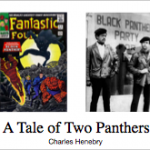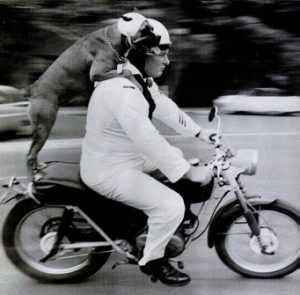Midpoint Transition
One crucial move you may need to undertake in your essay is a transition from one body of evidence to another. If you have sources from the 1920s and the present day, it generally makes sense to present one set of sources first, then shift to examine the other—rather than looking at both sets simultaneously. If you think about it, this transition involves more than just a change of scenery; you need to gather up the threads of your initial analysis to form a midpoint understanding, then introduce the second half of your essay as an effort to complicate that understanding.
As an example of what this can look like, look at how Brett Harvey (link to Blackboard) shifts from (A) the “drift” into motherhood to (B) the hurdles women experienced when seeking abortion or contraception. Both A & B draw upon oral-history interviews with women, but what does Harvey do to mark the shift from (A) to (B) on pp 92-93?
For HW, I invite you to create a trial-run transition for the essay you’re writing. (I realize that you may not have written very much of your essay yet, so you’ll need to fake it a bit when you sum up the findings from your first body of evidence.) In the comment section below, paste the ¶ that leads into the transition along with the ¶ that makes the transition.
If you don’t have two bodies of evidence, do this alternative HW: a 2-¶ sequence where the first ¶ presents and analyzes primary sources, but then the second ¶ draws on secondary sources to introduce crucial background information that reframes the your evidence to give it a new or perhaps intensified significance. For an example of what I’m talking about, see the middle two ¶s on p92 of Harvey.



 Examine the linked
Examine the linked